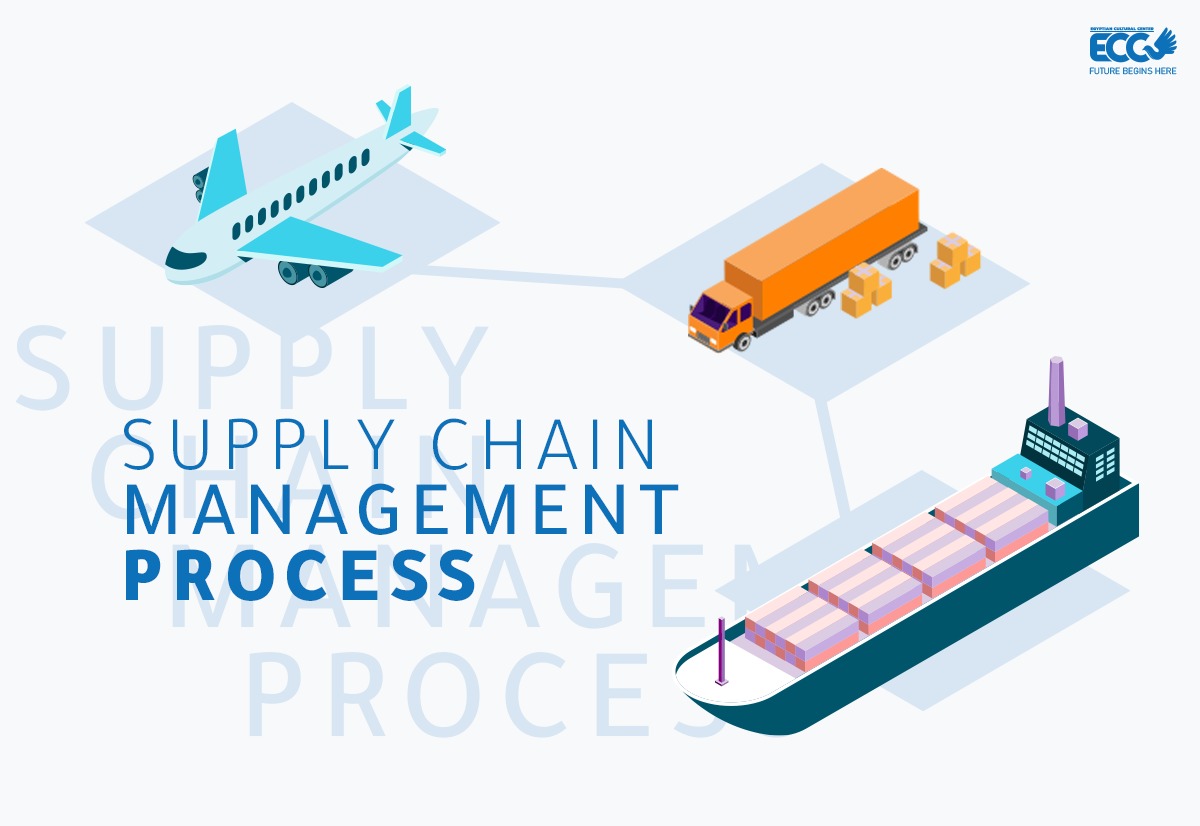Do you know how it is possible for a product to reach our hands? This process is what is known as Chain Supply Management or SCM is essential to understand and to address any business strategy.
Before looking at how to optimize the supply management chain and the advantages it will bring to your company, it is necessary to define what it consists of.
What is Supply Chain Management
A subsystem within the organization that includes the planning of the activities of supply, manufacture, and distribution of products.
Supply chain management process
Phases of the Supply Chain
During the processes that occur in the Supply Chain, there are various links (purchasing, supply, stock management, transportation, maintenance …).
Actors such as suppliers, manufacturers, distributors, wholesalers, retailers, and final customers or consumers participate in them.
How and where we obtain raw materials
The Supply Chain is present in every phase of the process of a product or service, encompassing all management and logistics activities. What for some may be the final product, for others it may be the intermediate product or even the raw material.
Types of Supply Chain or Supply Chain
- Supply Chain or Traditional Supply Chain
- Supply Chain or Supply Chain of shared information
- Supply Chain or Supply Chain management of the order by the supplier
- Supply Chain or Synchronized Supply Chain
Logistics vs Supply Chain Management SCM Differences
Although many link the Supply Chain with the concept of logistics, the truth is that there are differences between the two.
The most important difference is that logistics is only one part of the Supply Chain.
The logistics are delivering the product to the place, time, quantity, cost, and quality right agreed with the client.
the differences in the Supply Chain:
SCM consists of planning the activities involved in the search, obtaining, and transformation of products, be they suppliers, intermediaries, officials, or clients.
One of the important aspects of the Supply Chain is synchronization since any failure would create a chain effect causing jams and blockages.
Logistics is the set of means and methods that allow the organization of a company or service.
The objective is to satisfy consumer needs at the lowest possible cost.
Logistics studies how to put goods and services in the right place, at the right time and under the right conditions. This allows companies to meet the requirements of their customers and obtain the highest possible profitability.
Logistics management is a very important part of the Supply Chain. It controls the efficiency of transportation, fleet management, warehousing, material handling equipment, and order picking operations.
CONCURRENT PLANNING STAGES
The timing of production planning is carried out in four main points. We don’t always find participants in one place, they have different intensity and precision of input and output data, but the same 2 questions always arise:
What resources are available (stocks, labor/equipment)?
What arbitration operations can be carried out?
The first 4 points are:
- Strategic management plan. It is not the supply chain management body, but its contribution: it sets the pace and direction. Based on market trends, it determines the company’s strategic direction, goals, and strategic horizons for the next 10 years. This occurs once a year, with the participation of senior management and, if necessary, the group’s senior management and shareholders. We are talking about markets, long-term investment plans, sales, and profits, determined by productivity expressed in thousands of hours.
- Strategic operational plan. It is managed by the Supply Chain, with the active participation of the General Directorate, which provides information for this, which will be consolidated and summarized in the form of load and productivity, expressed in thousands of hours. Twice a year, and in accordance with the strategic plan, a decision is made on the arbitration between medium-term consumer demand (2-5 years) and our ability to meet this demand. Taking into account the volatility of the market, 3 commercial scenarios are developed (pessimistic, optimal, and optimistic), together with which plans are developed for their implementation in advance in order to bring production to a given capacity.
- Industrial business plan. With the participation of the directorates: Strategic, Production, Products, Human Resources, as well as the general direction, which will decide on arbitration, the control panel will guarantee the implementation of the configuration of the Strategic Management Plan on a monthly basis, or else an action plan must be implemented to eliminate the lack of resources. It is about identifying and analyzing workshops and workplaces with an excessive or insufficient workload and preparing and implementing an action plan to find the balance. Participation in the control panel of all directions is an opportunity to receive service support (principal engineer, design support, human resources). The Industrial Commercial Plan is a type of contract in which each direction assumes obligations (After-sales service for technical support services, deliveries for production services, suppliers, or merchants).
- The main production plan . Weekly in the workshops, the work commission prepares and then adjusts the Production Management Program, which is reflected in the control panel in the weekly table. The store manager, buyers, and local representatives of the main technology, technical support, quality, and supply chain services carry out a joint analysis of the obligations during the last 4 weeks and ensure, at each level, the feasibility and proper implementation of the main production plant.
CONTRIBUTION TO THE SUPPLY CHAIN
For the company, two main aspects of supply chain success are:
Reduce the need for working capital by reducing inventories (to be profitable and to invest in research and modernization of production).
Improving customer service through the planning of managed production.
According to the Supply Chain Council, the results show, as a general rule, a 50% reduction in stocks along with a significant improvement in the level of service. In addition, transparency, the exchange of information between the directorates, and their joint work are combined through the organs of the Strategic Management Plan, the Industrial Business Plan, and the Production Plan.
An established production plan, where changes become an exception, enables you to optimize the performance of tools, consumables, and make a significant contribution to reducing inventories, work in progress, and low-quality products.
The deployment of the supply chain leads the company to an organization where all participants benefit from the clarity and efficiency with an obvious significant increase in productivity and financial profitability.
By taking supply chain, you will obtain professional certification from ECC “Egyptian Culture Center”
In this link, you can check the information related to the access requirements, the admission criteria, and tests, or the documentation you need to request access.
If you wish, you can also contact us to clarify doubts or expand some type of information.






Leave A Comment